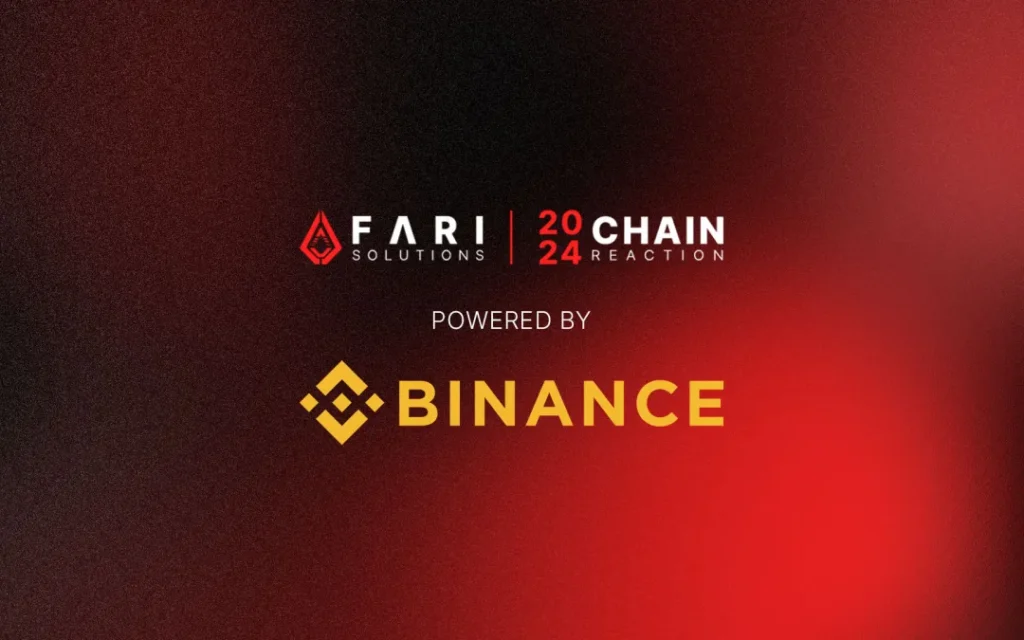What is Pegging in Crypto?

What Does Pegging Mean in Cryptocurrency?
Pegging refers to pinning the value of a cryptocurrency to a certain asset so that it remains safe from volatility, can be used in daily transfers, and used in DeFi activities like staking, lending, borrowing, etc.
Let’s understand what pegging means and how they make cryptocurrencies more accessible and reliable for everyday transactions.
Pegging in cryptocurrencies is described as a process that attaches the value of one digital asset to that of another asset, be it fiat money, commodity, or even another kind of cryptocurrency.
The most prevalent type of pegging in the crypto world is that of stablecoins, those cryptos that are pegged to traditional fiat currencies such as the U.S. dollar (USD) or the Euro (EUR). Tether’s USDT, Circle’s USDC, and FDUSD as examples are pegged to the U.S. dollar such that their value should be as close to $1 USD at all times.
How Does Pegging Work in Crypto?
The concept of pegging a crypto can be achieved in many ways. They can be pegged to assets by backing them with money, crypto, or maybe using a burn-related algorithm.
1. Fiat-Collateralized Pegging
In this approach, a stablecoin is pegged to an asset such as the USD by reserves of the equivalent fiat currency.
For each issued stablecoin, an equivalent amount of fiat currency is held in reserve by an issuing entity. The reserve provides redemption for the value of the stablecoin in the fiat equivalent.
For example, with 1 USDT in your possession, it is supposedly backed up by a USD held in a real bank account from which the issuer of USDT has withdrawn it. This ensures that the value of 1 USDT always equates to 1 USD but for failed circumstances of trust on the reserve.
Benefits:
Stability: The actual fiat currency existing in the issuer’s account gives a high stability.
Ease of Understanding: Most users can easily grasp what it means to exchange a cryptocurrency for its fiat equivalent.
Cons:
Centralization: Fiat-collateralized stablecoins are usually controlled by a central authority, which goes against the decentralized spirit of cryptocurrencies. The user must trust that the issuer has sufficient reserves to back all issued tokens.
Regulation and Transparency Issues: If the issuer is opaque or faces regulatory issues, this may destabilize the peg.
2. Crypto-Collateralized Pegging
In this model, a fiat-collateralized stablecoin is pegged to a fiat currency but is instead backed by collateral in another cryptocurrency rather than by fiat reserves.
For example, DAI is a really widespread stablecoin on the Ethereum network that is pegged to the U.S. dollar but collateralized by a number of cryptocurrencies, including ETH.
Pros
Decentralization: crypto-collateralized stablecoins follow a decentralized protocol and smart contract management, leaving less reliance on trust in a central authority.
Transparency: the reserve is publicly visible on the blockchain, and the user can verify that the peg is abundantly collateralized.
Cons:
Volatility Risk: Because the collateral itself is a cryptocurrency, significant price movements might jeopardize the stability of the peg. Over-collateralization mitigates this risk but does not eliminate it.
Complexity: Maintaining the peg is inherently more complex and requires sophisticated algorithms and liquidation mechanisms.
3. Algorithmic Pegging
Algorithmically stabilized coins operate on an entirely different principle. They function through algorithms and smart contract control of supply to maintain the peg of the token.
For example, whenever an algorithmic stablecoin jumps to higher than $1, the protocol will distribute more tokens to thereby force the price downwards. Conversely, when it falls below $1, the token supply will be limited to push the price upwards.
Advantages:
Decentralization: Algorithmic stablecoins are fully decentralized and do not require any central authority or even collateral.
Scalability: These stablecoins can scale more easily because they are not tangled with physical assets.
Cons
Unstability: Algorithmic stablecoins could be unstable, particularly if there is intense market stress.
Unproven Track Record: Algorithmic stablecoins are a novel concept, but unfortunately, many have failed to sustain their peg over the long run. In fact, some, like TerraUSD (UST), have even collapsed under market pressure.
Why Is Pegging Important in Crypto?
Pegging is of extreme importance to stabilize the volatile world of cryptocurrency. Several benefits accrue to this aspect:
1. Protection from Volatility
Probably, the most critical factor of concern for cryptocurrency users is its price volatility. For instance, the price of Bitcoin can vary dramatically in just one day. Assets pegged to a stable asset, including stablecoins, provide protection against such volatility. Since it is pegged to the stable asset, usually fiat, its predictability on value prevails. Its users are enabled to carry out various transactions and store value without fear of price fluctuations.
2. Facilitates Day-to-Day Transactions
Pegged assets make it less difficult to use cryptocurrencies for everyday transactions because of their stability. It is hard to use a volatile currency to purchase goods or services, but with stablecoins like USDT or USDC, users are free to transact without worrying about value changes between the time they send and the time the transaction will be completed.
3. Access to DeFi
DeFi applications, for example, lending and borrowing sites, require stablecoins for liquidity as well as balancing purposes. Pegged assets allow users to generate returns from interest and yield farms while settling loans without fear of volatile market circumstances.
Challenges and Risks of Pegging Crypto
Stable as this method is, however, pegging is not risk-free.
Transparency: Fiat-collateralized stablecoins are based on trust in the issuer. Poor management of the reserves or low transparency by the issuer can lead to a failing peg.
Volatility: Crypto-collateralized stablecoins are vulnerable to the price volatility of the underlying assets. With a low enough drop in the collateral price, it may even lose its peg completely in extreme cases.
Algorithmic Failures: Algorithmic stablecoins, though quite novel, do have something of a spotty record. As such, any algorithm that fails to command either supply or demand adequately, the stablecoin will definitely lose value once the peg breaks. This had happened in TerraUSD’s collapse.
Conclusion
Pegging in the crypto world is critical for stability in an otherwise extremely volatile world. Whether fiat, crypto, or algorithms backed, pegged the more stable kind, in particular a crucial role in executing transactions, gaining access to DeFi, and offering a haven from unpredictable crypto markets.
With all the advantages pegging is associated with, it is significant to realize the multiple mechanisms related to it and the corresponding risks of every one of them. While crypto continues to unfold, pegging will be an elementary concept for bringing about balance and trust in digital assets.





















![Top Altcoins in October [2024] You Should Look Out For 20 Top Altcoins in October [2024] You Should Look Out For](https://cryptolandoff.com/wp-content/uploads/2024/10/Top-Altcoins-in-October-2024-You-Should-Look-Out-For.jpeg)

































































































































































































